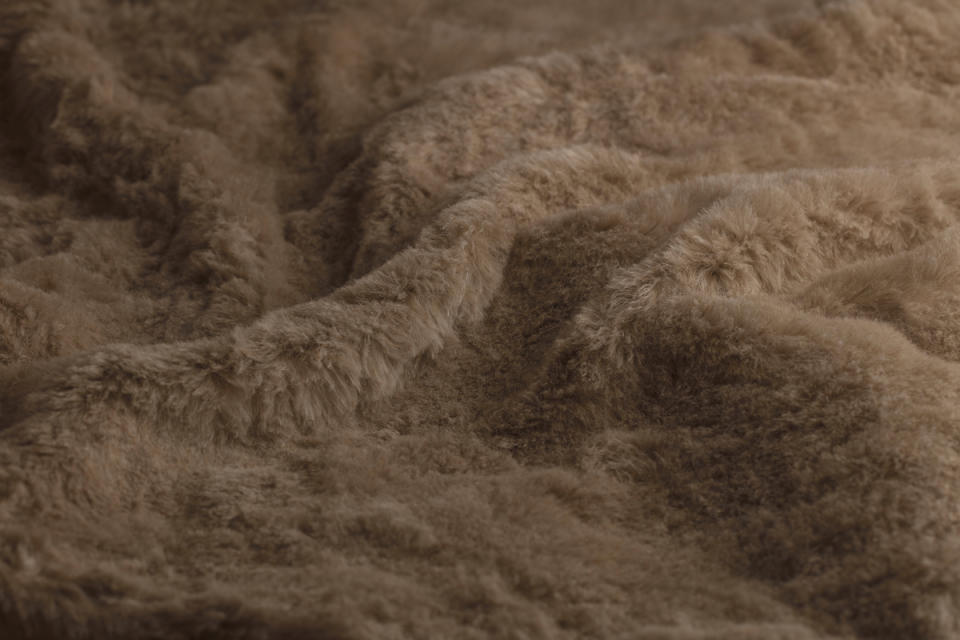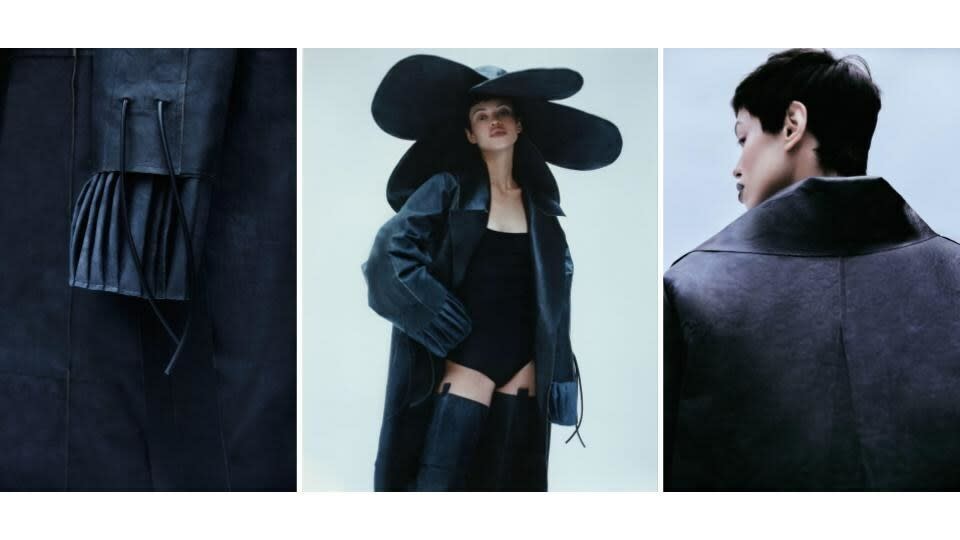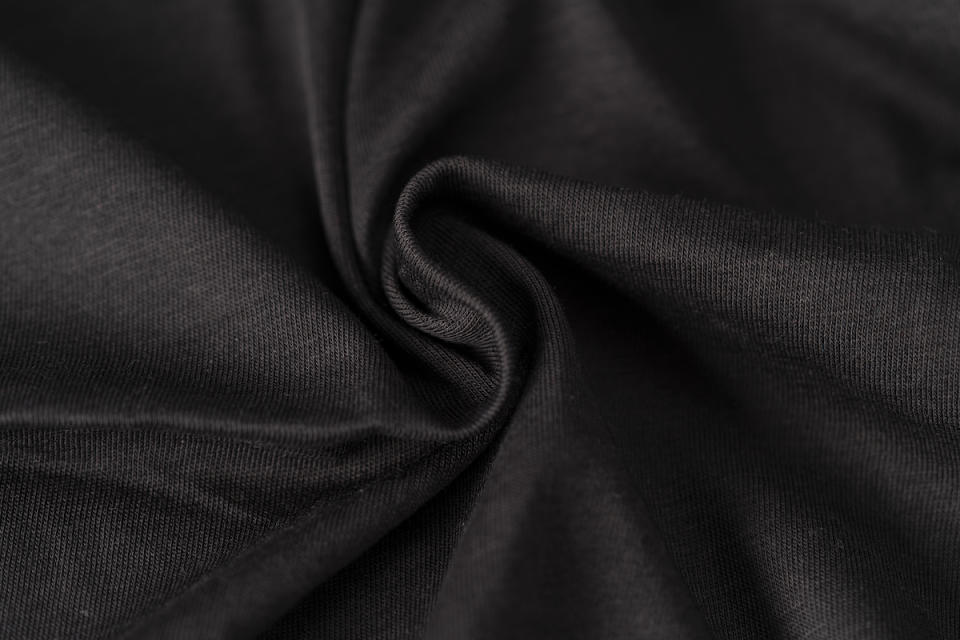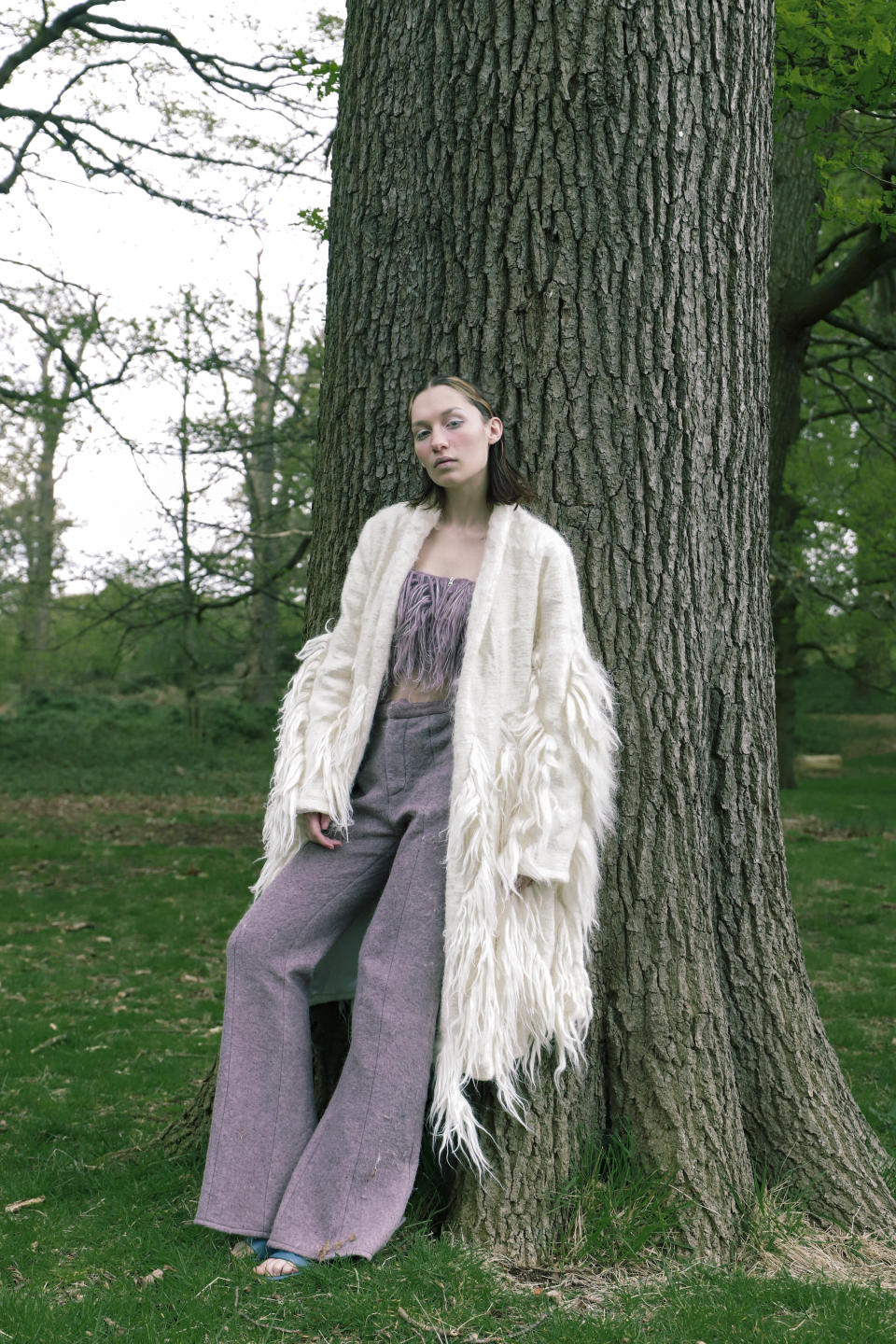Material World: BioFluff Raises $2.5M, Polygiene Debuts ShedGuard

Material World is a weekly roundup of innovations and ideas within the materials sector, covering news from emerging biomaterials and alternative leathers to sustainable substitutes and future-proof fibers.
BioFluff

Biomaterials startup BioFluff has created what it deems the world’s first 100 percent plant-based, petrochemical-free, sustainable alternative to animal- and plastic-based fur, targeted toward the luxury market. And now, the San Francisco-based company has secured $2.5 million in seed funding from venture capital firms led by Astanor Ventures, known for agrifood tech impact investing, as well as its leading Series D investment in Modern Meadow this past July. This brings the total amount of funding raised to $3 million, including the pre-seed round of $500,000 led by SOSV’s IndieBio fund, PDS Limited and Joyance Partners last November.
More from Sourcing Journal
Singapore-Based NTX to Launch Sustainable Printing Facility at University of Oregon
Biomaterials Makers MycoWorks, Gozen Mark Major Growth Milestones
AGI Denim Doubles Down on Sustainability with Huue's Bio-based Indigo
“We were impressed by the passion and determination of the founding team,” Christina Ulardic, partner at Astanor Ventures, said. “BioFluff has a unique offering for the luxury industry, fashion and textiles, which is in full alignment with the Astanor mission of a more regenerative economy.”
The LVMH Innovation Award nominee has also announced the launch of its luxury materials brand, Savian. Made from 100 percent renewable plant fibers and agricultural waste, Savian transforms nettle, flax and hemp into fur, shearling and fleece-like fabrics using proprietary technologies. Savian said the process “significantly” reduces CO2 emissions by 40-90 percent. Made in Italy, the vegan collection is free from GMOs and toxic chemicals, using fibers sourced and crafted in the EU. Savian is a nod to the brand’s inspiration “rooted in the soft touch of nature’s fur.”
“At the close of this seed round with best-in-class impact investors, we are poised to scale our unique approach to reducing reliance on animal and synthetic-derived products in the textile industry,” Martin Stübler, BioFluff’s co-founder and CEO, said. “This investment will accelerate our mission to provide brands with better materials for a cleaner future.”
MycoWorks

The San Fransisco-based biomaterials company focused on mycelium, MycoWorks, collaborated with conscious design collective Yume Yume on an interactive installation at the Stedelijk Museum in Amsterdam. Dubbed “#16 Descent into Fungal,” the multi-sensory exhibit explores mycelium, the root-like structure of mushrooms and fungi made of thread-like filaments called hyphae. It’s the 18-month-old brainchild of Yume Yume’s creative director Eva Korsten and MycoWork’s creative director Xavier Gallego.
“MycoWorks exists to collaborate with other creative leaders who are masters of their craft; to push the boundaries of Fine Mycelium forward through exploring new possibilities that start inside the material,” Gallego said. “Yume Yume, through their curiosity and creativity with Reishi, made unexpected discoveries. By experimenting with and ultimately using the backside of Reishi, our collaboration unlocked entirely new possibilities—highlighting the fact that we are still on the ground floor in discovering the potential of Fine Mycelium. We believe the show at the Stedelijk will inspire other artists to turn to nature, observe it and make something beautiful with the wonders they find.”
“#16 Descent into Fungal” explores “future fungal realities and how humans can nurture them into manifestation,” MycoWorks said. The project features a handful of installations including a living art piece by Yume Yume that will grow throughout the duration of the exhibit—which is on view now through Jan. 25—adapting and adjusting throughout that time. There are also showcases from curator and artist Andrey Shental, visual artist Milena Anna Bouma and plant-based creator Don Yaw Kwaning. Yume Yume will also debut its first head-to-toe outfit made with Reishi, featuring the Grown by Nature Trench, the signature Fisherman Boots and the supersize Mushroom Hat. The three pieces were made specifically for the exhibit, however, there may be a Reishi collection in the future available for purchase.
“This collaboration with MycoWorks was mind-bending creatively—but perhaps more importantly—a game changer for our brand values. Natural materials are limited. At Yume Yume, it’s been very encouraging to learn about mycelium and its potential in the future of materials. It’s fascinating to witness the intelligence it has as a living system, and one can’t help but see endless applications in the fashion industry,” Korsten said.
Polygiene

Antimicrobial technologies and odor control solutions company Polygiene debuted an innovation project at ISPO Munich: Polygiene ShedGuard.
Though still in the latter stages of development, with final testing and refinement set to happen in conjunction with selected partners next year, the solution consists of a unique blend of polymers that form a film around the fiber bundles. That film prevents microfibrils (fine, thread-like strands of cellulose and glycoproteins found in plant and wood cell walls) from separating or splitting from the fabric structure.
The Swedish chemical company said that its research found that Polygiene ShedGuard reduces microfiber loss by up to 70 percent. It’s been tested on recycled poly/polyester, knits, poly-cottons, nylons, suede microfibers and plush fabrics. The company said that reductions in knits of up to 80 percent have been demonstrated in testing, and figures between 15-30 percent have been found on wovens.
It’s also designed to improve resistance to fabric wear during washing and reduce wear from fabric abrasion, prevent the release of fiber fragments (therefore extending textiles’ anticipated lifespan) and enhance the performance of other Polygiene technologies—such as Polygiene StayFresh, Polygiene StayFreshBio and Polygiene OdorCrunch—by “locking in” those antimicrobial and odor-control properties for a more significant period. The polymer technology has been tested to the AATCC TM212 standard, which provides a standardized method for qualifying fiber fragment shedding.
In fact, the innovation was recognized as the best product at ISPO Textrends in the performing finishes category. The award is given twice a year, highlighting the upcoming textile trends predicted by industry experts two years in advance.
Bio-invasive Lab

London-based Bio-invasive Lab has discovered a new way to put harmful invasive plant species to use in the United Kingdom: they use the plants to create dyes, faux fur and felt.
What began as a student project at the University of Arts London’s Central Saint Martins college officially became a startup this year.
Xue Chen and Tom Lyu, the co-founders of Bio-invasive Lab, have teamed up to give designers the chance to integrate the earth into their garments.
Chen said she and Lyu aim to create a more sustainable fashion industry with their innovation.
The students-turned-innovators pick the invasive species—like ramie, nettle, snowberry and buddleia—by hand in London’s N1C region, which includes King’s Cross Square. In doing so, Chen said, they help foster biodiversity as invasive species stifle the growth of plants and animals native to the regions they have overtaken.
Once they’ve collected enough plants, Chen and Lyu use their yield to create dye kits. To do so, they dry the plants out, then boil them to extract the color for the dyes, which come in colors like yellow, purple and green.
Bio-invasive Lab sells the finished kits to designers for between 28 and 37 British pounds ($35.40-$46.78). According to Chen, each kit can dye up to one kilogram of yarn.
When designers and manufacturers dye yarns and garments, they use mordants, which are typically chemicals, to bind dyes to fabrics. Chen said Bio-invasive Lab takes a more natural approach to mordants for their dyes.
“We replace [mordants] with a plant which is named club moss. So this is one kind of natural, bio-only resource that can fix the colors into the fabric,” she said.
Because the dyes, felts and furs include all-natural materials, garments made using those materials exclusively will be biodegradable.
The dye waste generated by the natural dyeing process can also be recycled for other uses, Chen explained. Previously, she and Lyu have used the colors from the dye waste to create bio-crayons and watercolors.
Chen collaborated with designer Sylvia Acién on her 2023 collection, Regenerative Folklore. Bio-invasive Lab supplied the plant-based dyes and bio-invasive fur featured in the collection, which features garments made from nettle yarn and pineapple yarn.
Right now, Chen and Lyu receive waste from Swiss company Nettle Circle, which produces yarn made of nettle plants, to determine how best to use the plant to create fibers and fabrics that can later be produced on a commercial scale.
While designers can already purchase the dye products used in the collection, Bio-invasive Lab’s felt and fur products are still a ways away from entering the market, Chen said.

